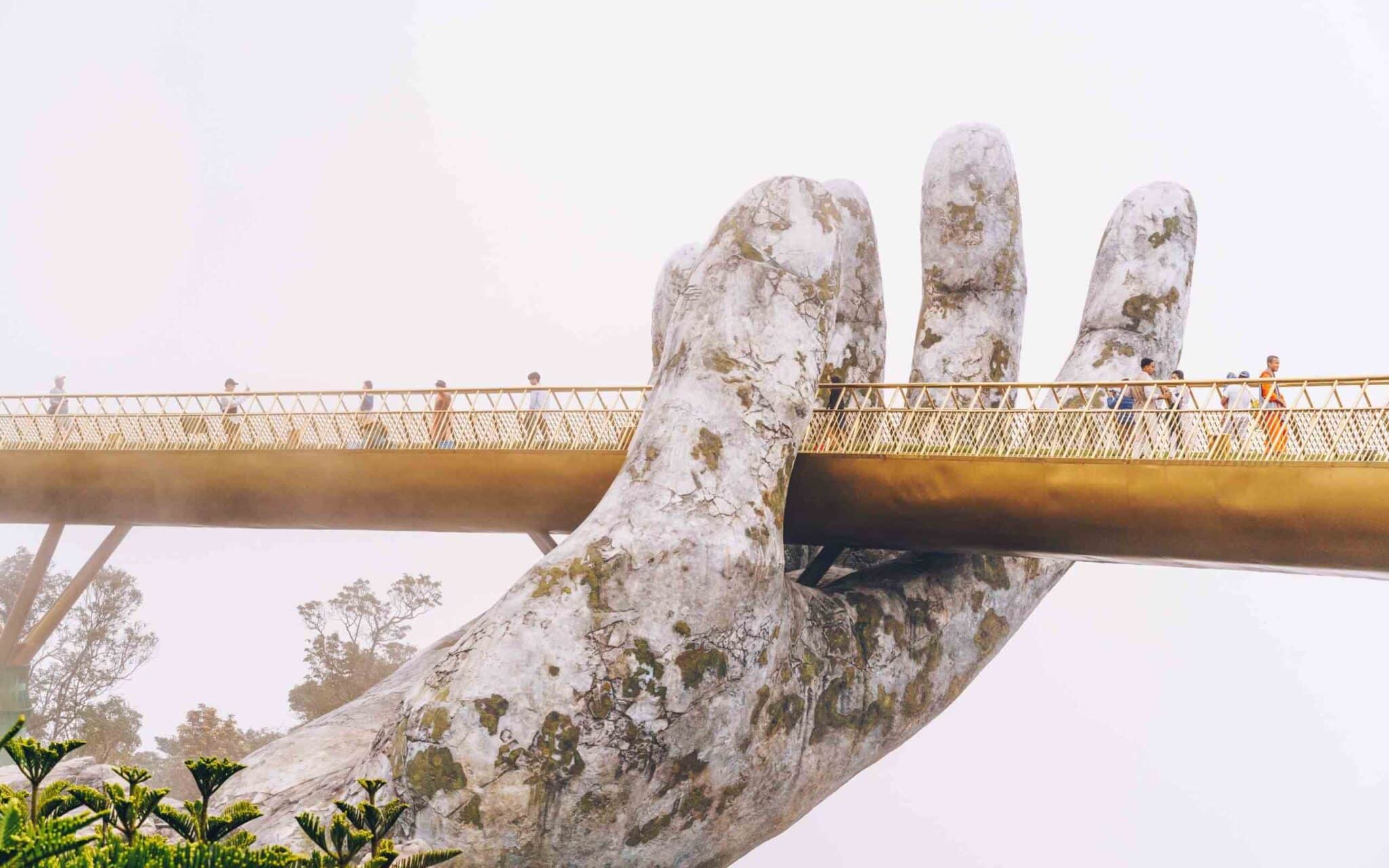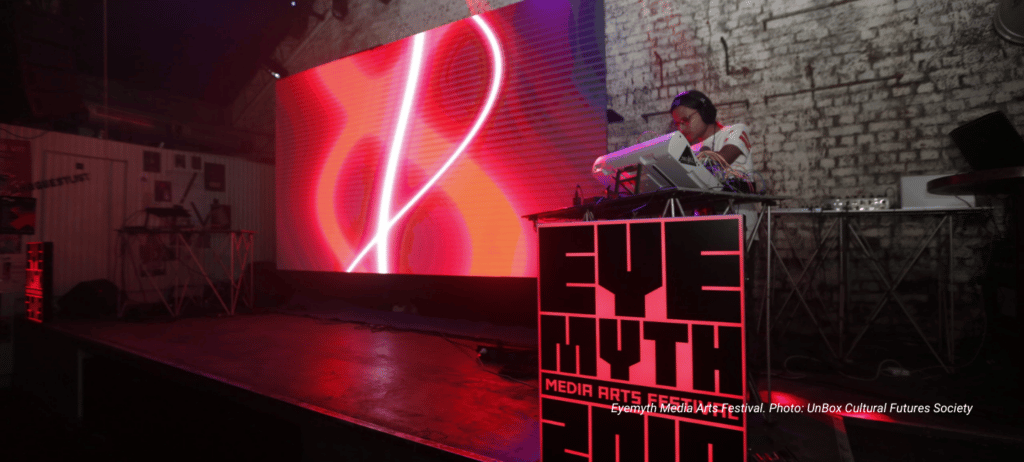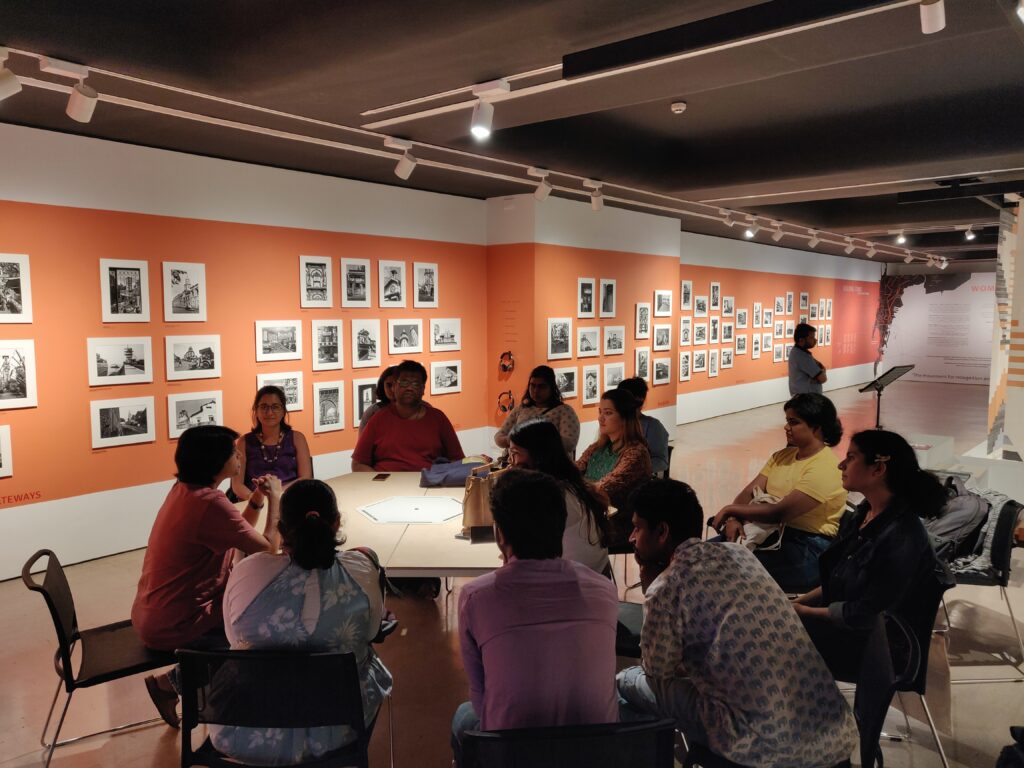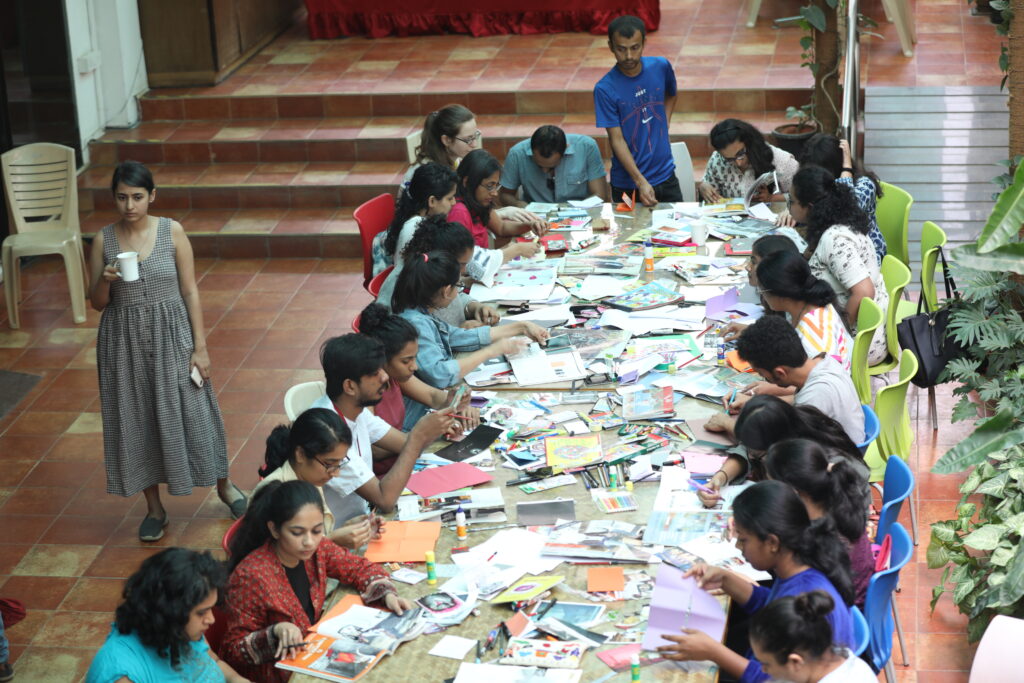With the pandemic-forced pivot to digital, aside from the teething troubles of adapting the way they worked, arts professionals have now also had to address new concerns about how their internet-enabled models could exclude. Taniya Sahni explains how technology can help improve access and inclusion.
In a pre-COVID-19 world, dialogue about accessibility and inclusion in the arts and culture sector mostly referred to physical access — venues, restrooms that people with disabilities could use — and sensitivity on gender and sexual identities. With the pandemic-forced pivot to digital, aside from the teething troubles of adapting the way they worked, arts professionals have now also had to address new concerns about how their internet-enabled models could exclude.
New challenges
At the onset of the pandemic, Slam Out Loud reached out to children in urban and rural areas with their Arts for All programme. They had seen that unlike children from high-income group families, who adapted to online channels overnight, the children they worked with were struggling. Jigyasa Labroo, co-founder and CEO, says, “We realised children from low-income group families missed engaging with teachers and friends more than academics.” SOL compensated for their lack of high-bandwidth connectivity by leveraging feature phones and low-tech technology like interactive voice response systems to send out activities focussed on well-being, building mental resilience, and creative outcomes. The challenge has been kids dropping out, she says, because of factors like migration. “Also, parents don’t see cellphones as a tool of learning, and often there is [just] one phone in the family, which limits the child’s access. Though we translate in multiple languages, there are many languages which we don’t have the capacity to translate. Being unable to reach out to children with special needs is challenging too.”
Access for All has been working with museums and historical sites as well as cultural organisations, helping with access audits, education and related activities. Founder Siddhant Shah says that he and his team have helped clients be more inclusive, with innovations like creating tactile versions of paintings that persons with visual disabilities could interact with (for the Serendipity Arts Festival), and workshops to sensitise teams and leaders on the need for inclusion. The organisation uses media designed to be more inclusive and accessible, for instance, preferring Google’s Meet, which had closed captioning for people with hearing disabilities available to all users, over Zoom, which offers it only to its paying users. And, of course, one must challenge paradigms. “Many art exhibitions have ‘please don’t touch’ signs,” he says. “Abhas [an AfA project], on the contrary, invites them to touch, feel and experience art, using tactile reproductions of artefacts.” Since 3-D printing is still expensive in India, AfA looked at other ways of creating tactile experiences, such as books and artworks using Braille.
Drishti Media runs Transmitterance, a platform for emerging sound artists, is pushing them to engage with public spaces like the radio. Debarun Dutta, executive director of Drishti, says that they have provided capacity support to 300 community radio stations serving marginalised communities, training them to use simple technologies — VHS and handycams once, now cellphones — to document and campaign human rights issues and sustainable development. Access, Dutta says, is controlled by factors such as language, economics, gender, physical and mental disabilities, and the digital divide. With language, for example, he says that rather than state-mandated or ‘pure’ languages — where accent, diction and other aspects are used by the powerful to keep marginalised groups feeling disempowered — Drishti would make training manuals in vernacular languages using design principles which can help people with low literacy understand it. “Also, in our radio or video interventions we actively encourage them to speak in their language and accent and not necessarily emulate the mainstream channels. We have found amazing acceptance for it.” This does not solve everything, of course: there are caste, gender, and other hierarchies to deal with. “Voice and technology are controlled largely by men, upper caste people. For instance in a group with men and women, men would keep control of the camera, and are reluctant to give it to women.”
MAP, though a new cultural organisation, is already known for the path-breaking digital initiative, Museums without Borders, and with plans to open the doors on a real-world museum in 2022, is also thinking about activities around accessibility. Kunal Mehta, inclusion manager, says that digital programming, online events and social media can remove access barriers to physical venues for the disabled, for instance, ensuring that its platforms are accessible to screen reading software, among other accessibility standards. Other plans in progress include asking speakers to verbally describe certain elements during events, and using Indian Sign language interpretation for all open live events and videos. There are challenges to be met, of course, Mehta says. Features necessary for one exhibition might not be relevant for the next: an exhibit which has audio incorporated might not need additional audio descriptions. “We see an opportunity in these challenges,” he says. “The fact is that we do not have many examples of accessible museums in India from which we can pick up tried and tested methods or techniques. This lets us innovate or customise what is available. The features that we see live are also a result of some experimentation.”
Apar Gupta, executive director of Internet Freedom Foundation, looks at access to the arts as being also a very basic issue: working hi-speed internet connections are necessary to receive multimedia content. He notes that out of between 800 million and 900 million internet connections in India, TRAI had found that 96.84% were via mobile devices, which indicates that culture workers would do well to prioritise content for them. IFF tracks things like the existing digital divide, for instance by gender, by metropolitan vs non-metro residents, and even language (he notes that many in the culture sector, as well as in the non-profit world tend to use English). “The cultural sector is especially powerful as it speaks to values and principles rather than legal concepts and policy. We hope for a closer integration between issues such as freedom of speech and expression online, surveillance, network neutrality, and algorithmic justice, which concern vital intermediations between technology and people.”
Takeaways
Dutta of Drishti says that the question to ask is whether a platform or tool can be used by the most marginalised. “What barriers do they face in becoming an active participant? What can be done to make them engage?” The way towards this, he says, is to get to know your audience first, and design and pre-test with them.
Slam Out Loud also tries out its content with smaller cohorts of children first, before sending it out. Labru says, “Our best practices include building networks and institutional partnerships.” SOL worked with non-governmental organisations, schools, educators, and parents to support equitable remote art learning for students across India, as well as with local government authorities.
For Shah of Access for All, best practices evolve and adapt. Budgets, he says, are a challenge, since there is a perception that adding a layer of accessibility will increase costs. “It gets expensive if inclusion is retrofitted. If conceptualised from the inception of the project, it isn’t so expensive.”
Drishti has battled established hierarchies by breaking them: they have no designated director, camera person, editor, and so on; “Everyone does everything,” Dutta says. They also support the use of low cost and easy to use technology: cellphones rather than DSLR cameras, for instance, and low cost or free software.
IFF’s Gupta reminds the sector of the stark reality of the digital divide, which is a formidable chasm for those seeking economic and social mobility. Already, much of the private sector and government services deliver their services using digital mechanisms, which leave out those who do not have smartphones. Culture professionals using such mechanisms will also have to find ways to bridge that divide.
This article was first published in Culture Wire on 15 July 2021.




Share on